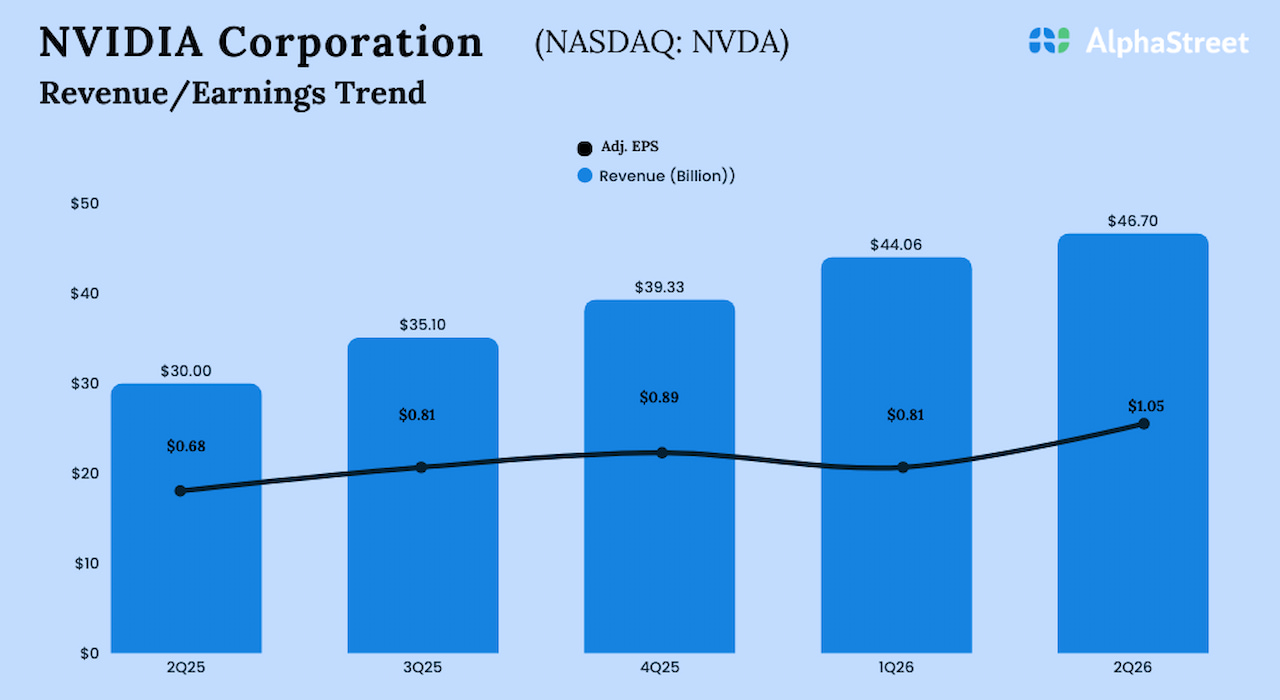John Brisco, chief executive of software as a service platform Coherent, tells Bank Automation News that there is rising pressure in the financial services industry in this episode of “The Buzz” podcast, noting that technology, including generative AI, can play a role in monitoring that risk.
Generative AI “ultimately, is going to act as an accelerator for unlocking lots of internal and external data, connecting it together in order to provide actionable insights, which can provide monetary and competitive advantage,” he said.
As AI works to mitigate risk, regulatory scrutiny, too, will be heightened, he said, noting that an increased focus from regulators will help banks “avoid challenges and mistakes that have happened in the last few months.”
Listen as Brisco discusses data model risk and how AI will play a role in risk mitigation at financial institutions.
The following is a transcript generated by AI technology that has been lightly edited but still contains errors.
Hello and welcome to the buzz of bank automation news podcast. My name is Whitney McDonald, and I’m the deputy editor of bank automation news. Joining me today is John Brisco, Chief Executive of software as a service company coherent. He’s here to discuss data risk model, and how AI will play a role in risk mitigation and future operational processes at banks.John Brisco 0:24
Fantastic. My name is John Brisco, I’m the CEO and founder of coherent is the world’s leading spreadsheet to codes, enterprise b2b SaaS business, we were created five years ago, basically now what a wave presents with over 11 different locations. And we work with over 120 financial services organizations, banks, insurers, asset managers across the globe.
Whitney McDonald 0:52
Great, thank you. Now, if you could talk through just the importance of managing data model risk, especially post SBB first republic bank Signature Bank, we all know what happened in the past couple of months, maybe just talking through that importance and where cohering can fit in?
John Brisco 1:13
Well, I think just in general, given obviously, we’ve been in a situation for the last two years where there’s been increased market volatility across the globe via a variety of macro events. So outside our control, obviously, like the war and, and Ukraine, but then a number which have been created by just rising sort of financial sort of pressures, obviously, interest rates, as well as fears of recession, particularly in North America has meant that there’s been an incredible sort of intensity and focus on the stability and accuracy of how banks are really started sort of forecasting their risk and stress appetite across the whole model portfolio. And I think this has been something which regulators have been starting to really focus on heavily, to understand how just how well understood as the sort of risk sort of simulations and scenarios across the variety of models, which exist across different parts of a financial institution. And I think, obviously, what’s happened with the likes of SBB. And some some other notable sort of challenges is that, quite frankly, there appears to be gaps and understanding the real time impacts of of various sort of model complexities as well as model simulations as well as model at what I call synergies where there’s models talking to other models. And I believe that there’s obviously going to be an increasing focus on regulators to try and make sure that this becomes much more powerful, much more governed within organizations, to hopefully avoid some of the challenges and mistakes which have happened over over the last couple of months and, and even arguably, in the past before it as well.
Whitney McDonald 3:03
So within the management and governance and ensuring that you are monitoring your risk, where can technology fit in to be sure that you are monitoring your risk appetite, and hopefully avoiding this type of turbulence within your own institution.
John Brisco 3:22
Look, I think the reality is, is an incredible amount of data tools and data modeling, which happens across financial institutions, across every continent, and a variety of different sort of programming languages, as well as tools are used. So clearly, there’s some more of the sophisticated programming languages, like the likes of Python, or R, which get used quite heavily across financial institutions. But quite frankly, they’re most most utilized to what I think everyone can still recognize is this is the usage of spreadsheets, which exists in across nearly every part of the financial institution value chain. And that’s weird. Obviously, a lot of the model logic model calculations and model sort of connectivity really sort of rests. And I think regulators are wanting to have a much heavier focus. Now you’re on not only the creation of tools, and making sure that there’s obviously improved ownership around who can get access to those tools. But how are you doing improve testing and governance, as well as updating of those sort of models and logics ongoing moving forward? And I think that’s where the technology that is really be looked at and financial institutions is focusing on essentially not just thinking about creation of models, but actually the end to end governance auditability as well as ensuring accuracy of data flowing through those models are so clearly coherent as a business which is playing into that space. We’re bringing a unique capability around the whole spreadsheet management capability of model risk management. But we’re one over C B, these other sort of tools which complement each other to help solve these problems with financial institutions have.
Whitney McDonald 5:11
Great now when talking through technology and what role it can play, of course, right now in the time that we’re in artificial intelligence is definitely a buzzword that we keep hearing. Can you talk through how AI can aid in risk mitigation?
John Brisco 5:29
I think there’s a really interesting question when you in terms of generated PII, obviously, there’s incredible hype and, obviously, excitement around the potential of the the intelligence as well as new opportunities. That sort of capability is going to pervade, ultimately is going to act as an accelerator for unlocking lots of internal and external data connecting it together in order to provide actionable sort of insights, which can provide monetary and competitive advantage. But at the same time, I think there’s going to be a heavy focus from regulators and senior management teams of how can we actually be sure that the kind of recommendations or insights provided by generated VI, as ACC is actually accurate, has been compiled in the right way, and can be justifiably sort of, essentially executed with auditability, to regulators and external parties when decisions are being made. So what I think you’ll see is, there’s going to be a kind of unique sort of paradigm of different types of capabilities and technologies created, in order to cater for that one side, you’re going to have the kind of real sort of model accelerator type technologies, which are going to be helping power models more powerfully, bring in different data sources to accelerate learnings, in order to conserve, obviously, really sort of expand the modeling potential of financial services institution, while the same side, you’re going to have similarly powerful technology, really verifying the accuracy, as well as the validations coming from those sort of queries, as well as those sorts of intelligence. And they’ll both have to sync in order to enable an end to end workflow. And I think, again, this is where our belief is, there’s still going to be an incredible amount of spreadsheets still in existence, catering for that workflow moving forward, but also ensuring that obviously, information can be validated and showcase to the relevant sort of regulatory as well as audit parties, which financial institutions simply have to serve towards.
Whitney McDonald 7:42
Yeah, I think that the workflow is definitely something to break out of AI. Of course, across the financial institution, there can be several use cases there risk mitigation being one, back end processing being being another, so throughout the institution, but as you said, the the regulators are obviously going to be monitoring that very closely, as well. And as we’ve heard, I’m wondering if we can, I mean, take a step back here, talk through some and you don’t have to name any names, but any coherent clients that are doing this well, right now, monitoring risk, taking a step forward in in using these types of technology to make sure that they have these processes in place.
John Brisco 8:28
Yeah, so we’re fortunate that we, we’re working with some of the largest financial institutions in the world to some of the top 10 banks, as well as top 10 asset managers, and shooters are our clients. And I think every one of those institutions, always outlines that risk management is a continual sort of investment, as well as a continual sort of iteration. Nobody will ever turn around and say that they’ve got it right 100% Because the reality is, is that business circumstances as well as business sort of challenges are continually changing. So what we’re seeing is therefore, I think, an acknowledgement that people always have to be stepping to the next level of capabilities in order to improve their model management, improve their risk processes, improve their workflow automation, in order to kind of make sure that they comply with various regulatory standards as well as practices. Like for example, just recently, I think the Bank of England has just released the new CPE 622 standard on model risk management, which essentially many banks operating and obviously the the Bank of England jurisdiction are going to have to comply with moving forward and that’s going to mean for many of those institutions quite a significant uplift around in terms of governance, testing auditability, as well as attestation of models within their environment. And that’s on top of Things such as the bow framework and various other sort of operational guidelines, which you are continually facing bank, so it never stops, it always has to evolve. So what you’re trying to do with the institutions that we work with, is how can you figure out ways to effectively have much more systemic ways across the business, in order to Manny some of these challenges versus random point solutions, which actually sometimes create more issues than not. So I think that’s where the thinking is going, particularly in large institutions. And then when you go into the more original size banks, obviously, the shock of what’s happened with SBB, and some others as men, that all of a sudden, I think they’ve got an incredible focus on wanting to transform their their whole model risk, as well as that sort of capabilities within their institutions. And we’ve seen incredible demand there. And a number of regional banks are coming on as clients based on some of the circumstances which have been happening. I think there’s one element of Model Management, which is obviously on the risks aid. And then obviously, the generated vi say that around what the future of that’s going to mean. But I think still, which is an incredible opportunity for organizations is the complete untapped IP, which sits within their data model sets today, particularly as it sets in either tools like spreadsheets or things like Python, where the reality is, is that some of that logic, which has been created by very seasoned and experienced teams within institutions, often is quite trapped and siloed. So Model Management isn’t just about risk management, but it’s also about Opportunity Management around how can you unlock that intelligence in a much more scalable way, within your within your kind of financial services institution. And I think that’s where the opportunity lies for some of the organizations that we’re working with, as well as some that we hope to work with, is that as the markets hopefully rebound over the next year or odd, yes, rest will always be important. Yes, control and automation will always be important, but how to kind of use your data intelligence and that IP to a much level much greater level I think is going to be the other frontier, which banks are going to particularly focus on, on one element that has obviously been investments and and banking technology platforms, like data lakes, as well, there’s big cloud sort of spend. But still, nobody’s unlocked the whole spreadsheet paradigm around all the data that sits there. And I think the institutions which figure that out, along with some of the generator vi capabilities are the ones who are going to truly win moving forward. And I think that’s a hugely sort of exciting area for financial institutions to obviously take advantage of, but 14 out technology companies like ourselves to obviously be part of that journey as they really sought to unlock that untapped that potential.
Whitney McDonald 12:56
You’ve been listening to the buzz of bank automation news podcast, please follow us on LinkedIn. And as a reminder, you can rate this podcast on your platform of choice. Thank you for your time, and be sure to visit us at Bank automation news.com For more automation news,







































